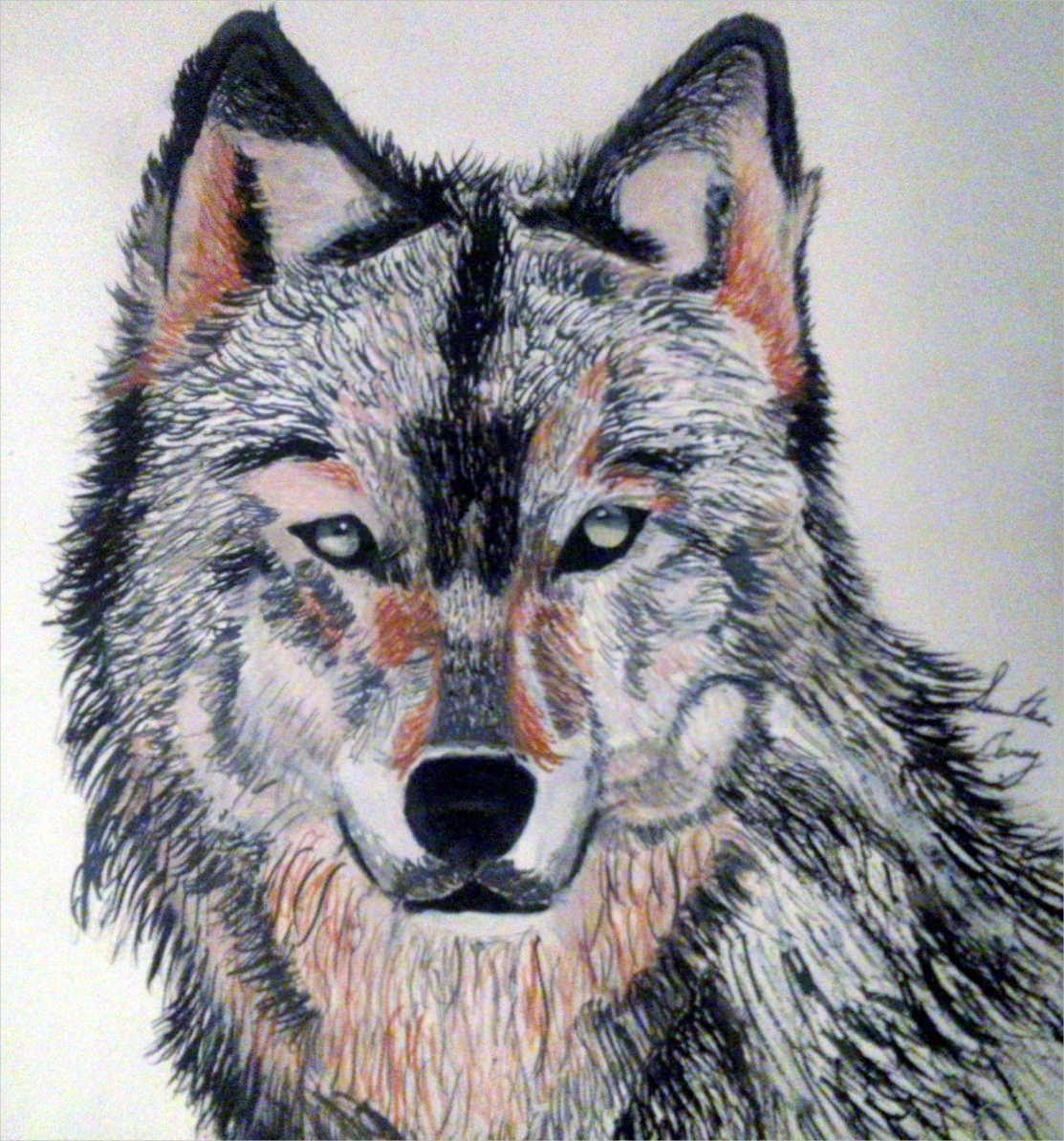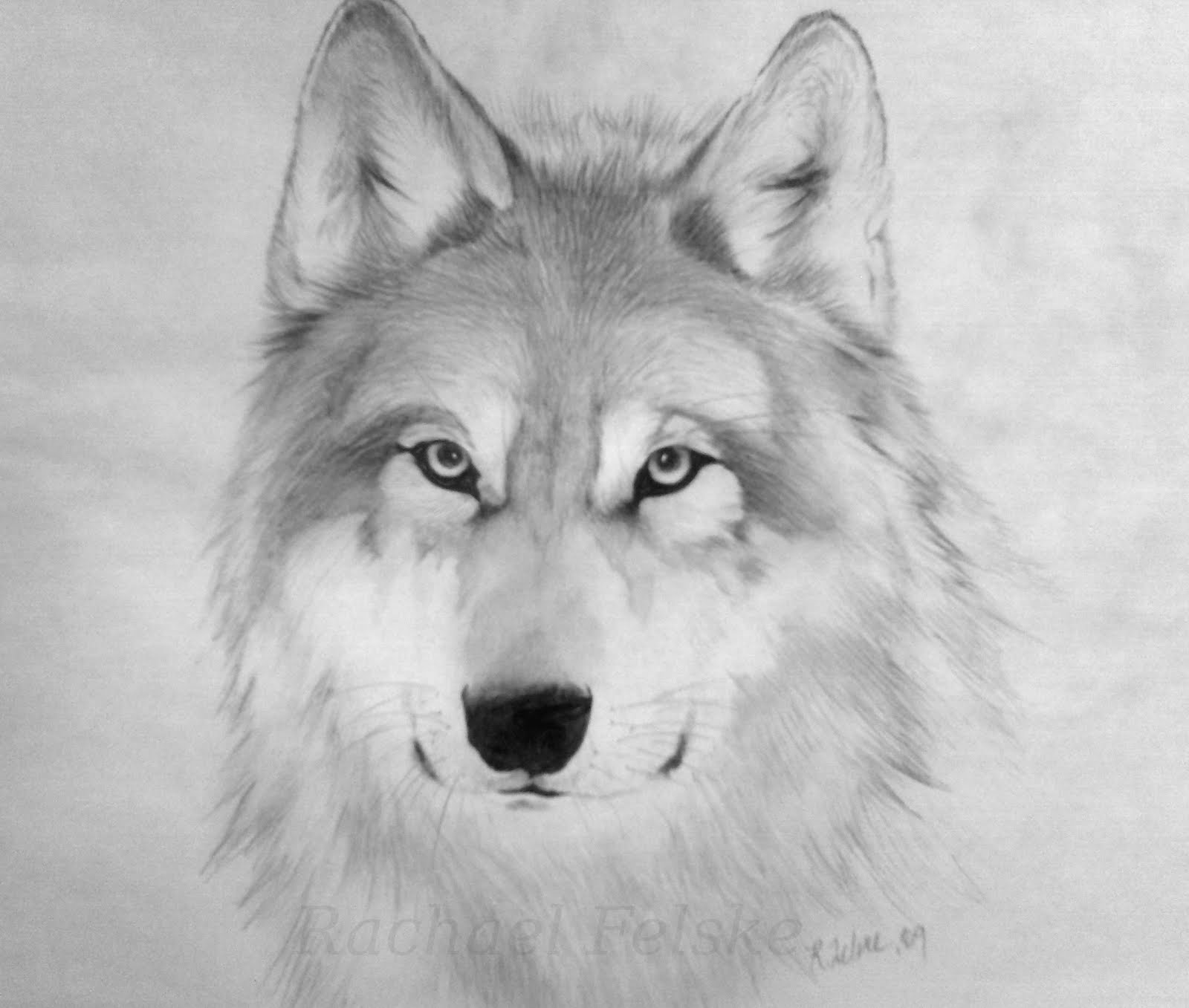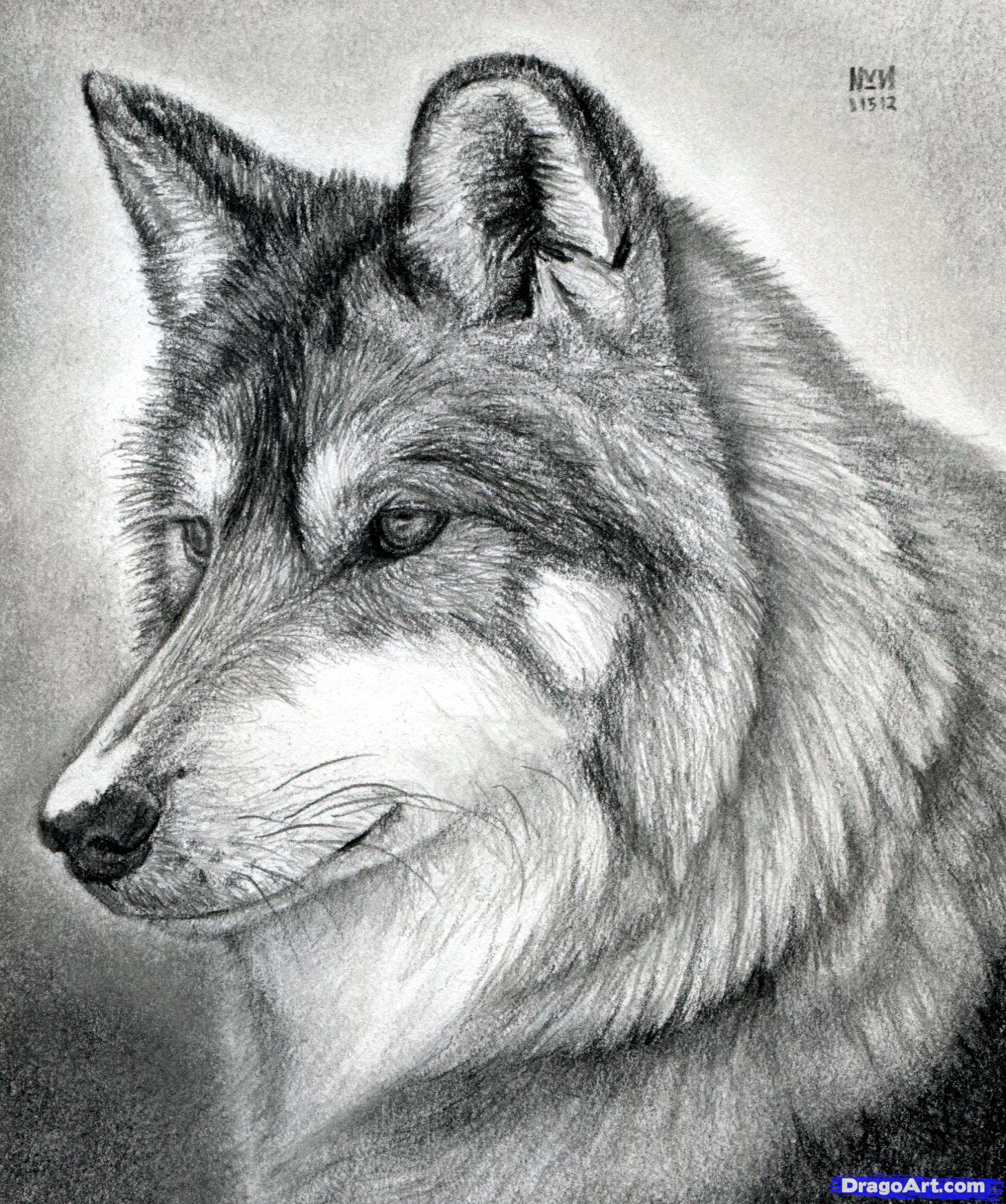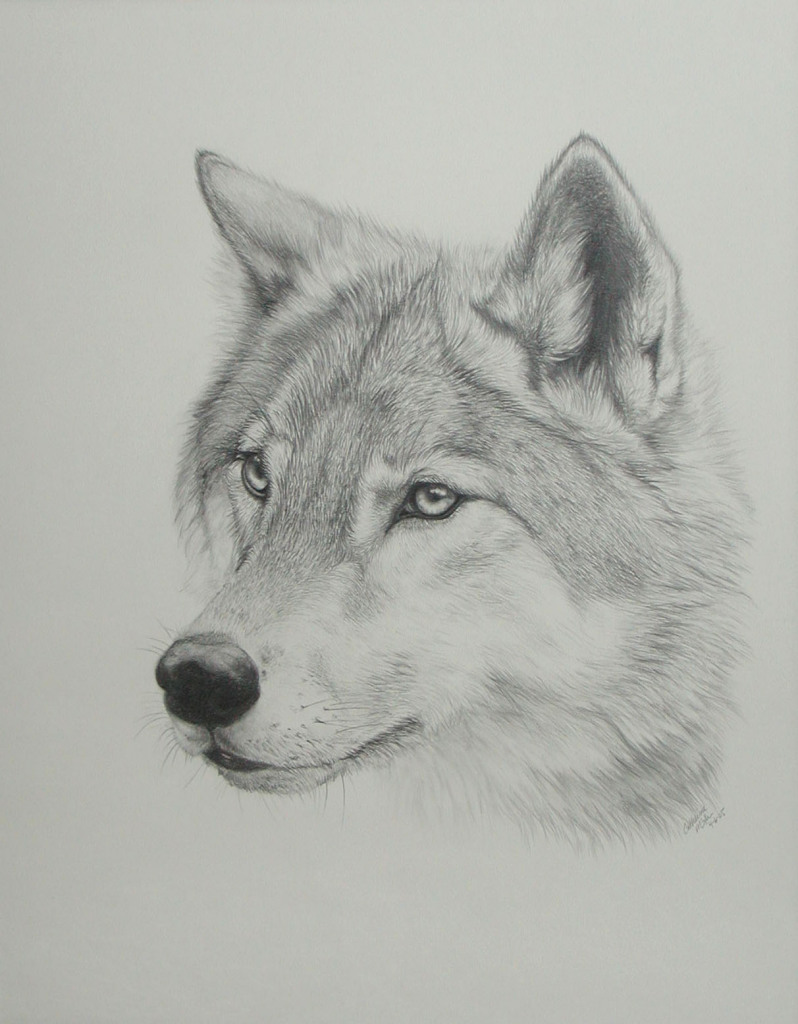Sketching is a popular form of artistic expression that allows individuals to bring their imagination to life on paper. One subject that has captivated artists for centuries is the majestic and elusive wolf. In this article, we will explore the art of wolf sketching, providing tips and techniques to help you create your own stunning wolf sketches.
The Importance of Observation
Before starting your wolf sketch, it is crucial to spend some time observing these magnificent creatures. Study photographs, videos, or even visit a wolf sanctuary to get a sense of their anatomy, posture, and unique features. Pay close attention to their fur patterns, facial expressions, and body language.
Selecting the Right Tools

Choosing the right tools is essential for achieving the desired results in your wolf sketches. Consider using graphite pencils of varying hardness to create different tones and textures. Additionally, invest in high-quality sketching paper that can handle shading and erasing without smudging or tearing.
Starting with Basic Shapes

Begin your wolf sketch by establishing the basic shapes that make up the wolf's body. Use light, loose lines to outline the head, body, and limbs. These initial shapes will serve as a foundation for adding details and refining the sketch as you progress.
Defining the Anatomy

Once you have the basic shapes in place, start defining the anatomy of the wolf. Pay close attention to the proportions of the head, snout, ears, and eyes. Wolves have distinct facial features, so take your time to capture their essence accurately.
Adding Fur Texture

One of the most challenging aspects of sketching a wolf is capturing the intricate texture of its fur. Use short, overlapping strokes to mimic the direction and flow of the fur. Gradually build up layers of shading to create depth and dimension, paying attention to the play of light and shadows.
Conveying Emotion and Expression

Wolves are known for their intense expressions and striking eyes. Focus on capturing their emotions and the essence of their gaze. Experiment with different shading techniques to bring their eyes to life and convey the desired mood in your sketch.
Working on Details

As you progress, shift your attention to the smaller details that make each wolf unique. Pay close attention to the shape and position of the ears, the structure of the nose, and the way the fur falls around the neck and shoulders. These details will add realism and character to your sketch.
Mastering Shading and Contrast

Shading is a crucial element in any sketch, and it plays a significant role in bringing your wolf to life. Practice creating smooth transitions between light and dark areas to achieve a three-dimensional effect. Experiment with different levels of contrast to add depth and drama to your sketch.
Using References Wisely

While references are essential for accuracy, avoid directly copying someone else's work. Instead, use references as a guide to understand the wolf's anatomy, posture, and unique features. Incorporate your own style and interpretation to create a unique and original wolf sketch.
Exploring Different Styles

Don't be afraid to experiment with different sketching styles and techniques to find the one that resonates with you. Some artists prefer a realistic approach, while others may lean towards a more impressionistic or abstract style. Explore various methods to find your artistic voice and create wolf sketches that reflect your unique vision.
Practice, Patience, and Perseverance

Like any skill, mastering wolf sketching requires practice, patience, and perseverance. Don't get discouraged if your initial attempts don't meet your expectations. Keep practicing regularly, observing wolves in different poses, and experimenting with different techniques. With time, your wolf sketches will improve, and you will develop your own distinct style.